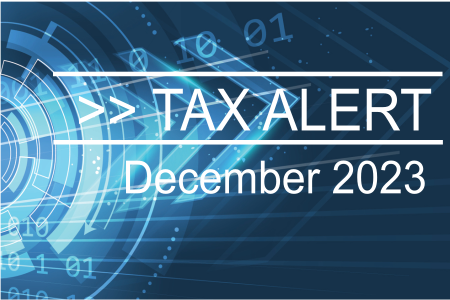Much has been written in various business journals about the mythical stretch goal. Above and beyond your standard SMART goal (specific, measurable, achievable, relevant, time-bound) stretch goals aim to totally transform businesses, pushing them to new heights.

Elon Musk is a famous proponent of this ‘shoot for the moon’ approach. His company SpaceX aims to do nothing short of put people on Mars. The sheer audacity of the goal has meant they’ve made some terrific progress.i
Characteristics of a stretch goal:
- Passion-inducing
- Enormous
- Difficult
On the other hand, sister company Tesla recently failed to meet more than 20 of their ambitious projections.ii So, while stretch goals can be transformative, they are also risky business, and only some companies are in a position to take them on.
What do you need to make them work?
Outlandish goals often mean periods of high risk and low yield. Months of experimentation where for every one breakthrough there are five setbacks. Given this, before you take on a stretch goal it’s imperative to do an appraisal of your business’s resources and track record. The inset table by the Harvard Business Review is a good place to start.
How would you describe your organisation’s recent performance?
| Successful | Available resources? |
| Yes | The perfect candidate for stretch goals |
| No | Pursue incremental success instead |
| Unsuccessful | Available resources? |
| Yes | Run mildly risky experiments, laying the groundwork for future stretch goals once you’ve had a few wins. |
| No | Do NOT pursue stretch goals Aim for small victories til you’re back on track. |
Source: https://hbr.org/2017/01/the-stretch-goal-paradox As you can see, the main indicators of whether stretch goals are right for you are morale—have you come off a series of wins—and capacity, do you have the slack resources to be able to make the necessary experimentation feasible. Without both these factors working in tandem, it’s probably not the right time to pursue a stretch goal.
The consequences of pursing them at the wrong time
Paradoxically, often companies most likely to pursue stretch goals are those that are least likely to succeed. Flailing businesses sometimes set unreasonable goals in the hope of a quick turnaround, as Yahoo notoriously did before its merger with Verizon.iii The safer bet is to pursue a strategy of small victories, where the little wins mean you begin to build back confidence, and meet your bottom line.
There’s also the risk that in an effort to meet difficult KPIs, your team may start cutting corners, or worse engage in unethical behaviour.
This is more likely to occur when the goal is financial in nature. Monetary growth should be the result of exceptional vision, not the goal itself. So, in setting your stretch goals, make sure they are either product- or operations-focused. Anyone can put an impossibly high number on the table, but it takes creativity to think of ideas outside the box.
How do I set a stretch goal?
If you’ve read all this and think stretch goals are for you, here’s some tips on how to do them right.
1. Get active buy-in from your team.
Stretch goals are only going to work if you not only consult with but actively engage your whole team. From the outset, you’ll need open lines of communication to avoid pushback. And endeavour to engage all levels of your organisation. You never know who might have that brilliant idea.
2. Keep morale high.
Failure is an inevitable risk of a stretch goal. You may not get it right first time. So, it’s important to foster a culture of resilience and positivity.
3. Set aside time just to be creative.
This is imperative as stretch goals will most likely entail a set of actions way outside of your day-to-day operations.
It can pay to think big in business. If you’re in a successful position and your team is agile, by all means shoot for the moon. If, on the other hand, cashflow is down or internal culture is wanting, aim for some small victories and stretch yourself when you’re back on track.
i https://edusource.us/elon-musk-sets-stretch-goals//a>
ii https://www.wsj.com/articles/elon-musk-sets-ambitious-goals-at-teslaand-often-falls-short-1471275436
iii https://hbr.org/2017/01/the-stretch-goal-paradox/
Did you enjoy this article?
Click below to share it
More News Articles

Retirement Planning: It’s Not all About the Money
Retirement is often a massive life change for the majority of people who experience it

FBT – How Fringe Benefits Tax Works
FBT is separate to income tax. It’s calculated on the taxable value of the fringe benefit

Tax Alert December 2023
The ATO is getting back to business with it’s lenient approach during the pandemic over, it’s focus now is returning to traditional debt collection

How a Super Recontribution Strategy Could Improve Your Tax Position
The main reason for implementing a recontribution strategy is to reduce the taxable component of your super and increase the tax-free component

Rental investor? How to Get Your Tax Return Right
Extra care is needed when lodging returns with rentals

What to do if You’ve Been Scammed
Know that you are not alone and you can recover from this. There is support available, if and when you need it
Connect Through our Socials
While you may have come to us from a variety of sources, the time has never been better to join us.
Connect through out socials to keep up to date with our latest news and get some tips.




